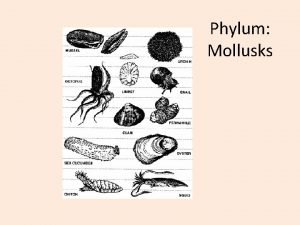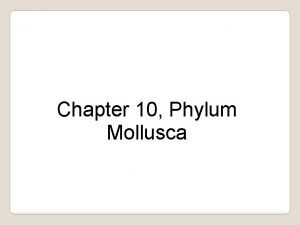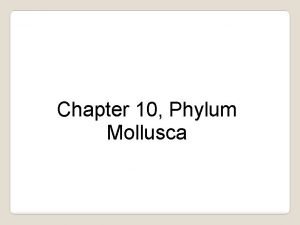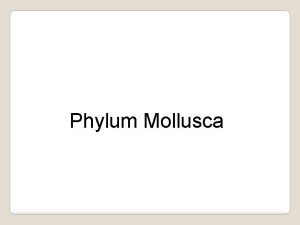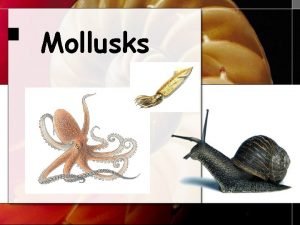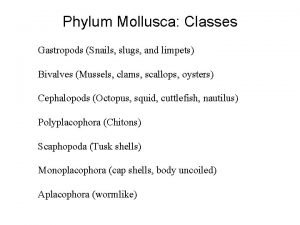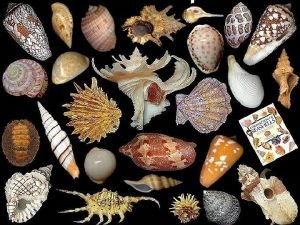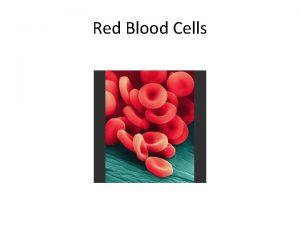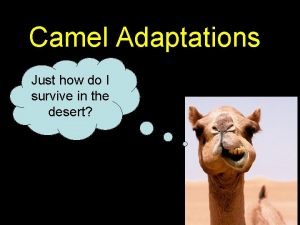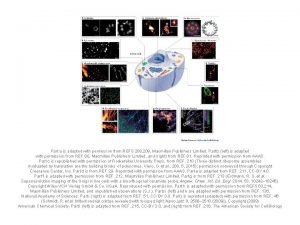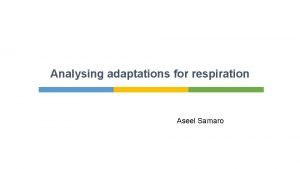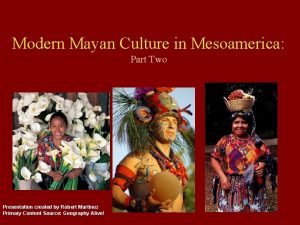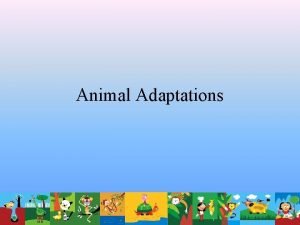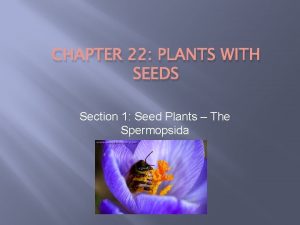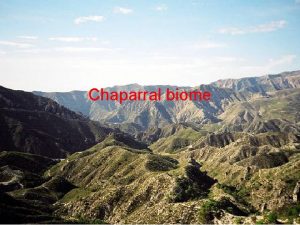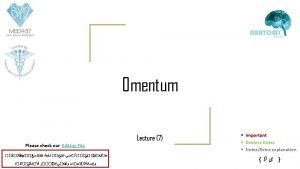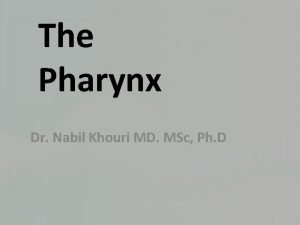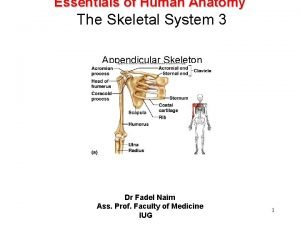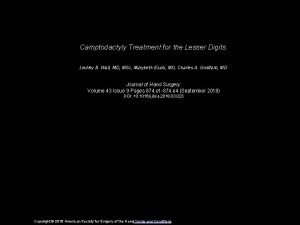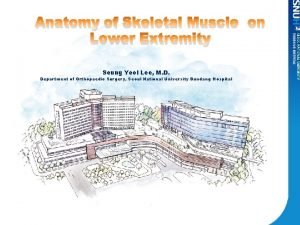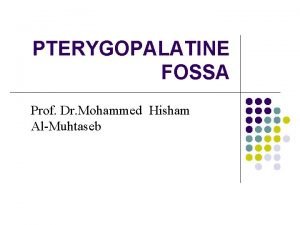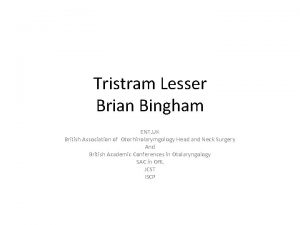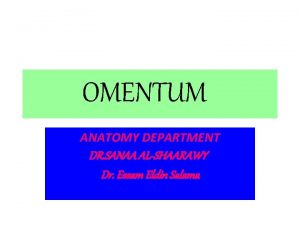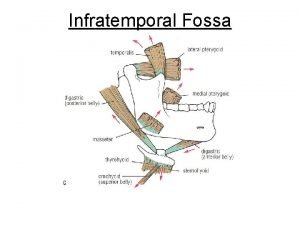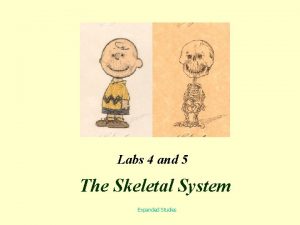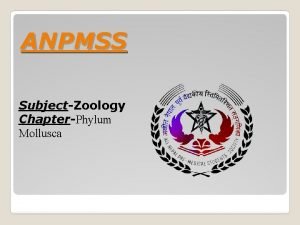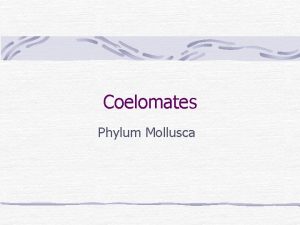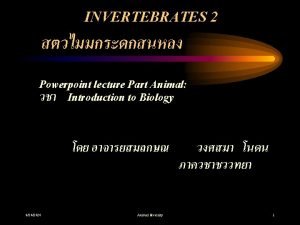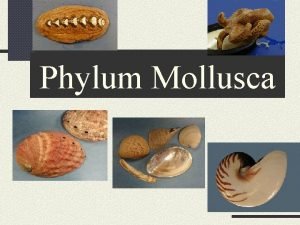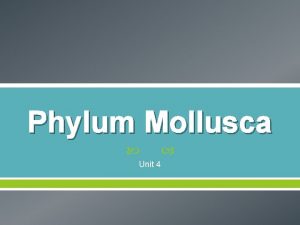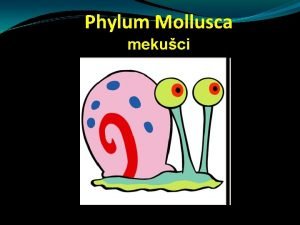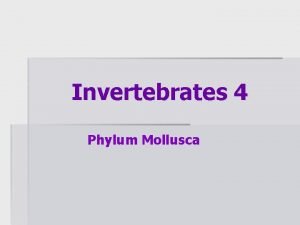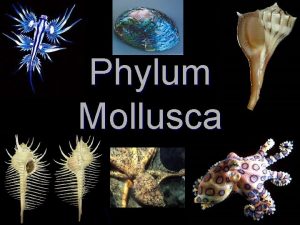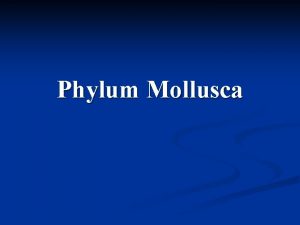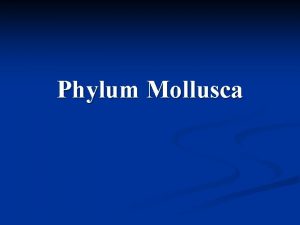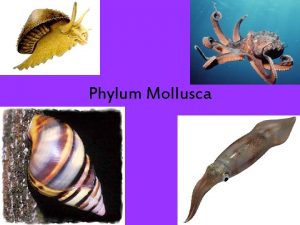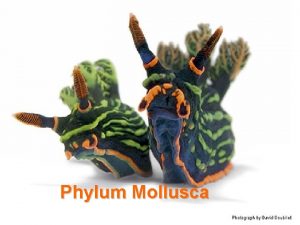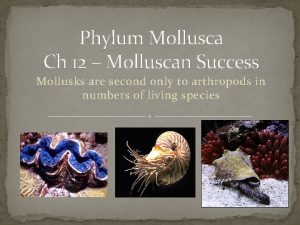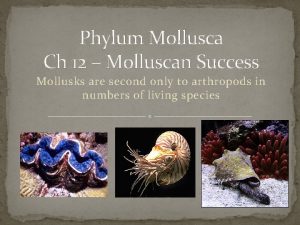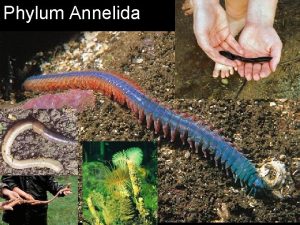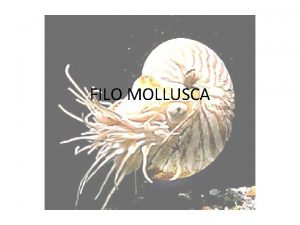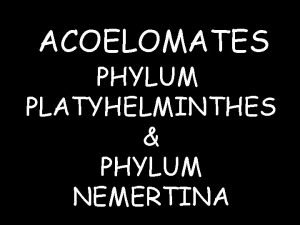Phylum Mollusca Molluscan diversity Adapted from Lesser Known












































- Slides: 44

Phylum Mollusca













Molluscan diversity






Adapted from Lesser Known Protostome Phyla. SICB 2001. J. R. Garey. Possess trochophore larvae Mollusca and Annelida are closely allied phyla Porifera Cnidaria Ctenophora Platyhelminthes Gastrotricha Gnathostomulida Cycliophora Rotifera Annelida Mollusca Sipuncula Nemertea Bryozoa Brachiopoda Phoronida Arthropoda Onychophora Tardigrada Nematomorpha Nematoda Priapulida Kinorhyncha Loricifera Echinodermata Hemichordata Chordata

93, 000 species of described molluscs (extant) + 70, 000 more species from fossil record Arthropoda Mollusca Chordata Platyhelminthes Nematoda Annelida Porifera Echinodermata Other Sarcomastigophora Apicomplex Ciliophora

Defining characteristics of Mollusca • Bilateral symmetry, cephalization • Coelom (around heart) • Mantle – draped over viscera – secretes shell • • Complete digestive tract, Radula Trochophore larvae (often also veliger larvae) Locomotion by muscular foot Heart, liver, gills (ctenidia), kidney

Phylum. Mollusca Aplacophora Class. Polyplacophora Class. Monoplacophora Class. Gastropoda Class. Cephalopoda Class. Bivalvia Class. Scaphopoda Class.

po alo ph Ce Ga str op od a da ra op ho lac on op Polyplacophora M Aplacophora Bivalvia Scaphopoda

Mollusc origins? Platyhelminthe-like ancestor with spicules on dorsal surface, cilia on ventral surface, and dorsoventral musculature.

Mollusc origins? Spicules fuse to form dorsal shell, cilia on ventral surface, and dorsoventral musculature.

Mollusc origins? Spicules fuse to form dorsal shell, cilia on ventral surface, dorsoventral musculature, gonads and excretory pores in mantle cavity

Mollusc origins? Spicules fuse to form dorsal shell, cilia on ventral surface, dorsoventral musculature, gonads, excretory pores, and ctenidia, in mantle cavity.

HAM: Hypothetical ancestral mollusc Pericardial cavity Gonad Metanephridium Mantle cavity Ctenidium Radula Stomach and digestive gland Foot

Dorsal mantle covers the visceral mass. Secretes the shell

Mollusc shell Periostracum Prismatic layer Nacreous layer Mantle epithelium Mantle lobes

Pearl formation Periostracum Prismatic layer Nacreous layer Developing pearl Epithelium

Ctenidium (Respiration)

Ctenidium (gill) Interlamellar junctions Exhalent water Ostium Blood vessel Frontal cilia

Paired ventral nerve cords

Complete digestive system

Radula

Radula

Aplacophora Gill folds Mouth Pedal pit Pedal groove

Class Aplacophora • 320 spp, all marine • No fossil record (!) & poorly studied • Calcareous spines and scales in epidermis (no true shell) • Radula used for grasping • Burrow in the substrate • Eat cnidarians

Polyplacophora

Polyplacophora Mouth Mantle cavity Ctenidium Foot Anus

Polyplacophora Digestive gland Mouth Stomach Gonad Pericardial cavity Nephridium Anus

Polyplacophora • • • The “chitons” 800 spp, marine Typically, shell = 8 dorsal plates Ctenidia use counter-current gas exchange Commonly encountered in the intertidal zone
 3 classes of mollusca
3 classes of mollusca Mollusk characteristics
Mollusk characteristics Gastropoda characteristics
Gastropoda characteristics Phylum mollusca homework and study guide #1
Phylum mollusca homework and study guide #1 Class monoplacophora characteristics
Class monoplacophora characteristics Gastropoda characteristics
Gastropoda characteristics Whats a mollusc
Whats a mollusc Embryophagous
Embryophagous Hewan mollusca
Hewan mollusca Genetic diversity vs species diversity
Genetic diversity vs species diversity Ecosystem jigsaw activity
Ecosystem jigsaw activity Adapted from the internet
Adapted from the internet How is a red blood cell adapted
How is a red blood cell adapted The outsiders adapted for struggling readers
The outsiders adapted for struggling readers Mensajes subliminales camel
Mensajes subliminales camel Gallant
Gallant Adapted with permission from
Adapted with permission from Convention synoynm
Convention synoynm Adapted animals in the rainforest
Adapted animals in the rainforest How have plants adapted to the rainforest
How have plants adapted to the rainforest How are plants adapted for gas exchange
How are plants adapted for gas exchange In what ways have the highland maya adapted to modern life?
In what ways have the highland maya adapted to modern life? Behavioral adaptations of zebras
Behavioral adaptations of zebras Brother quotes from brother
Brother quotes from brother This passage is adapted from jane austen
This passage is adapted from jane austen Spermopsida
Spermopsida Chaparral biome animals
Chaparral biome animals Pinpointing the enemy
Pinpointing the enemy Peritoneum lecture
Peritoneum lecture Retropharyngeal space
Retropharyngeal space Lesser tubercle
Lesser tubercle Congenital flat foot
Congenital flat foot Right triangular ligament
Right triangular ligament Hour glass stomach
Hour glass stomach What is epiploic foramen
What is epiploic foramen Greater and lesser oksipital sinir bloğu
Greater and lesser oksipital sinir bloğu Lesser digits
Lesser digits Omental (epiploic) foramen
Omental (epiploic) foramen Gastric pit
Gastric pit Bicep femoris origin and insertion
Bicep femoris origin and insertion Pterygopalatine fossa communications
Pterygopalatine fossa communications Tristram lesser
Tristram lesser Greater and lesser omentum
Greater and lesser omentum Tensor tympani
Tensor tympani Lesser tubercle
Lesser tubercle
